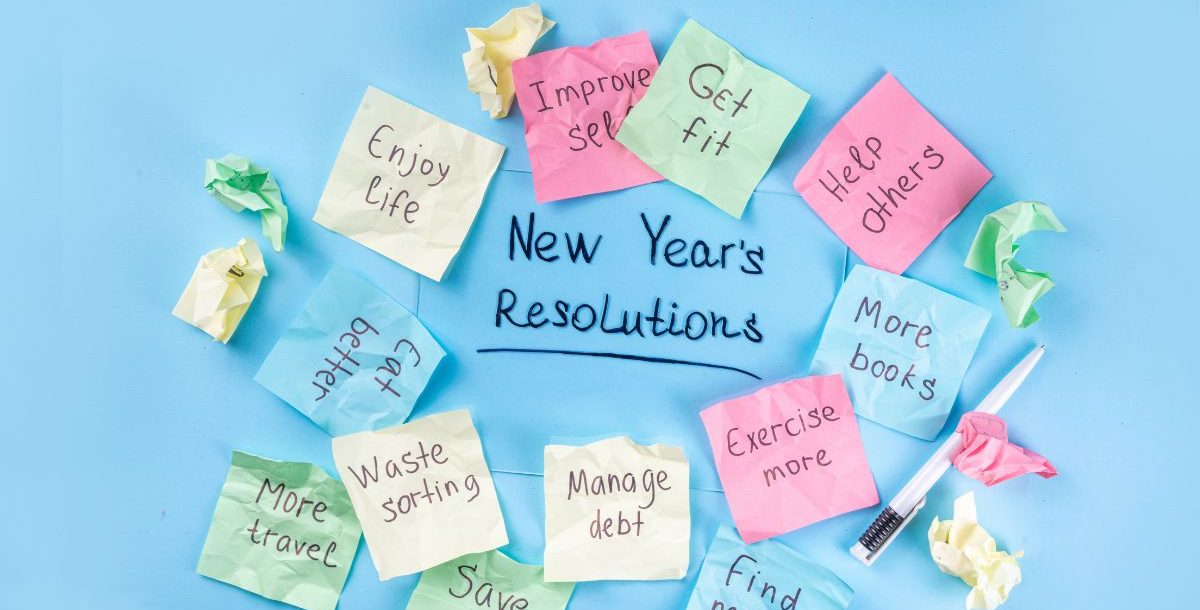It’s that time of year when people reflect on what they’ve experienced in the past year and what they hope to do differently. For some, the new year is a fresh start. For others, it’s a reminder of all the past promises they made to themselves and never followed through on.
In 2025, you may want to try something different and choose New Year’s resolutions that will work.
If you ditched your resolutions in the past, you’re not alone. Less than 20 percent of people keep their resolutions. In most cases, they stop thinking about them by the end of January.
The good news is that you don’t have to repeat this cycle. With some proper planning, you can make your resolutions stick well into the year.
How to keep your New Year’s resolution
- Choose a new resolution: You may find it easier to keep a new resolution than one you tried in the past. If you were previously unsuccessful, the feeling of failure may make it harder to stick with your plans.
- Choose a specific resolution: A concrete goal like “I will walk for 30 minutes, five days a week” is easier to achieve than a vague one, like “I will exercise more.” The specific goal lets you know exactly what you have to do to keep up with the resolution.
- Create a plan: Big goals, like traveling or getting out of debt, tend to be easier to meet when you break them down into smaller steps. For example, if you want to travel more, your steps may include researching destinations, setting a budget and opening a vacation savings account.
- Write it down: Putting your resolution on paper makes them feel more permanent. You may choose to write it in your journal for your eyes only or join an online support group for people who want some accountability for keeping their resolutions.
- Start small: Smaller resolutions can be easier to keep. For example, running a marathon is an honorable goal, but completing a 5K may be more practical.
- Reward yourself for progress: Big changes in life take time. Progress toward paying off debt may include setting a budget, paying off a small bill or cooking at home and pocketing the savings. These milestones deserve a celebration and may help you continue the positive behavior.
- Get support: A group of friends or a therapist can be a great source of support to help you define your goals, act as accountability partners or manage stress.
Many people find using the S.M.A.R.T. goal format helpful in defining their resolution.
S.M.A.R.T. goals are specific, measurable, achievable, realistic and time-bound. For example, a S.M.A.R.T. goal for losing weight may be to lose 10 pounds in two months. It’s a S.M.A.R.T. goal because it’s:
- Specific: You know exactly how much weight you want to lose.
- Measurable – you will weigh yourself daily or weekly.
- Achievable and realistic – one to two pounds per week is a healthy weight loss.
- Time-bound – you know when you want to achieve it.
If your New Year’s resolution is health-related, talking with your primary care provider can help. You can discuss your goal, your current health status and the steps you can take to make your new habits last safely with them.
Learn more about the primary care services we provide at Mercy Health.






